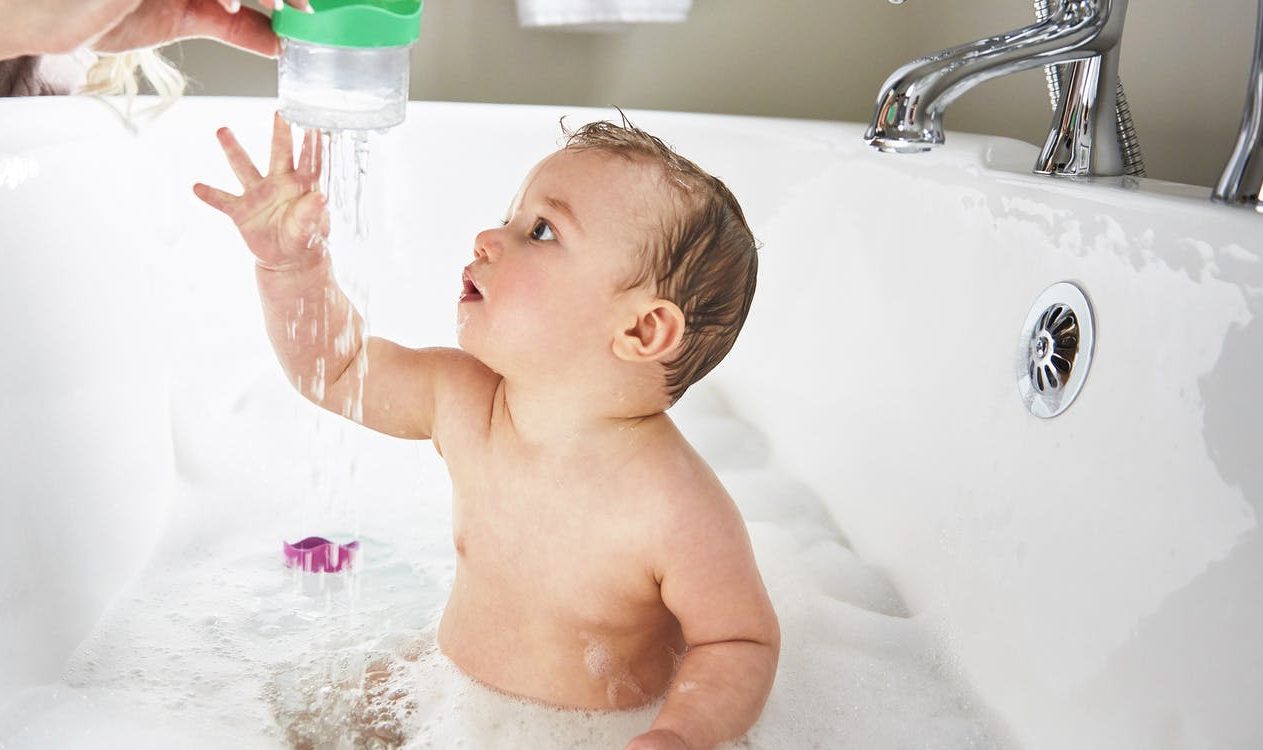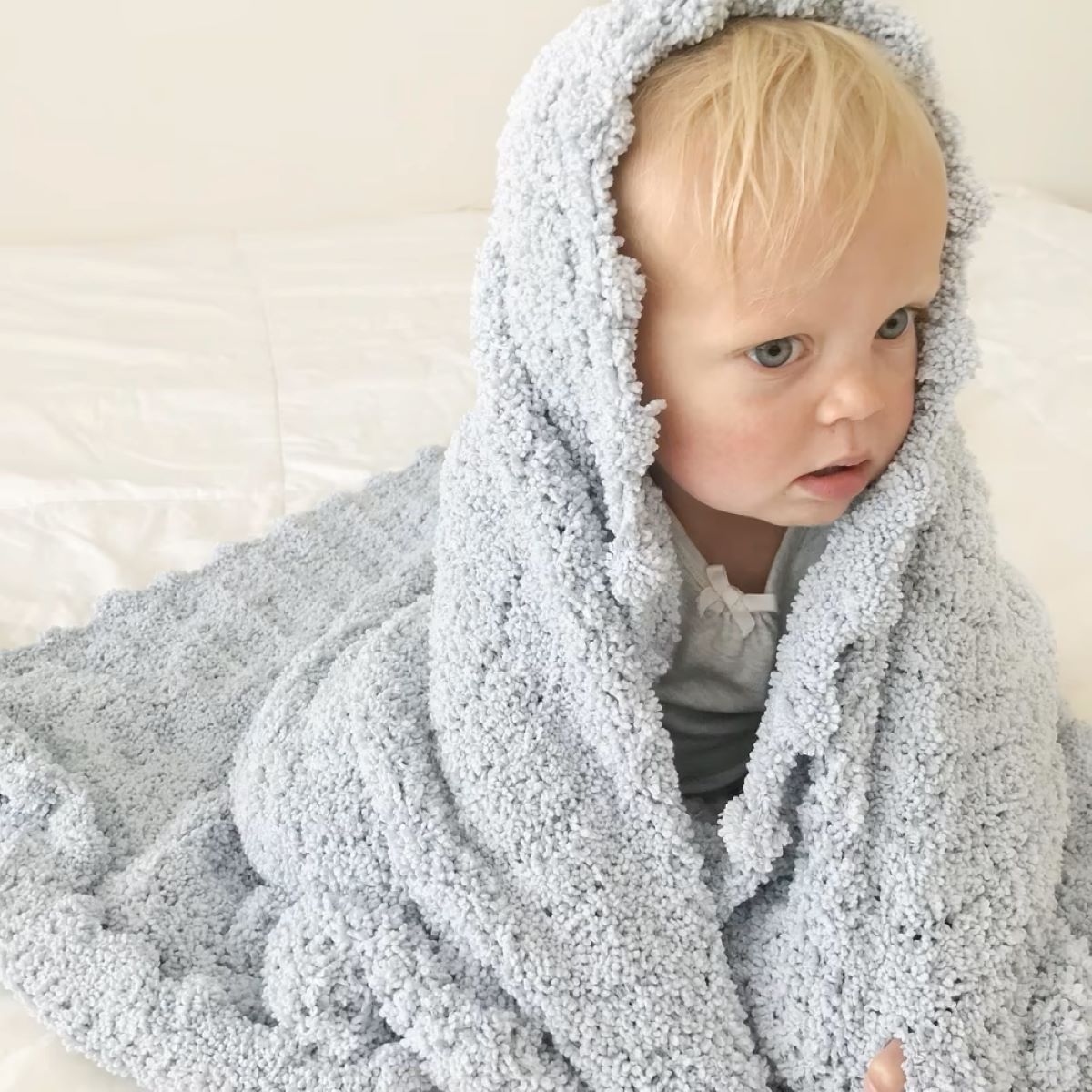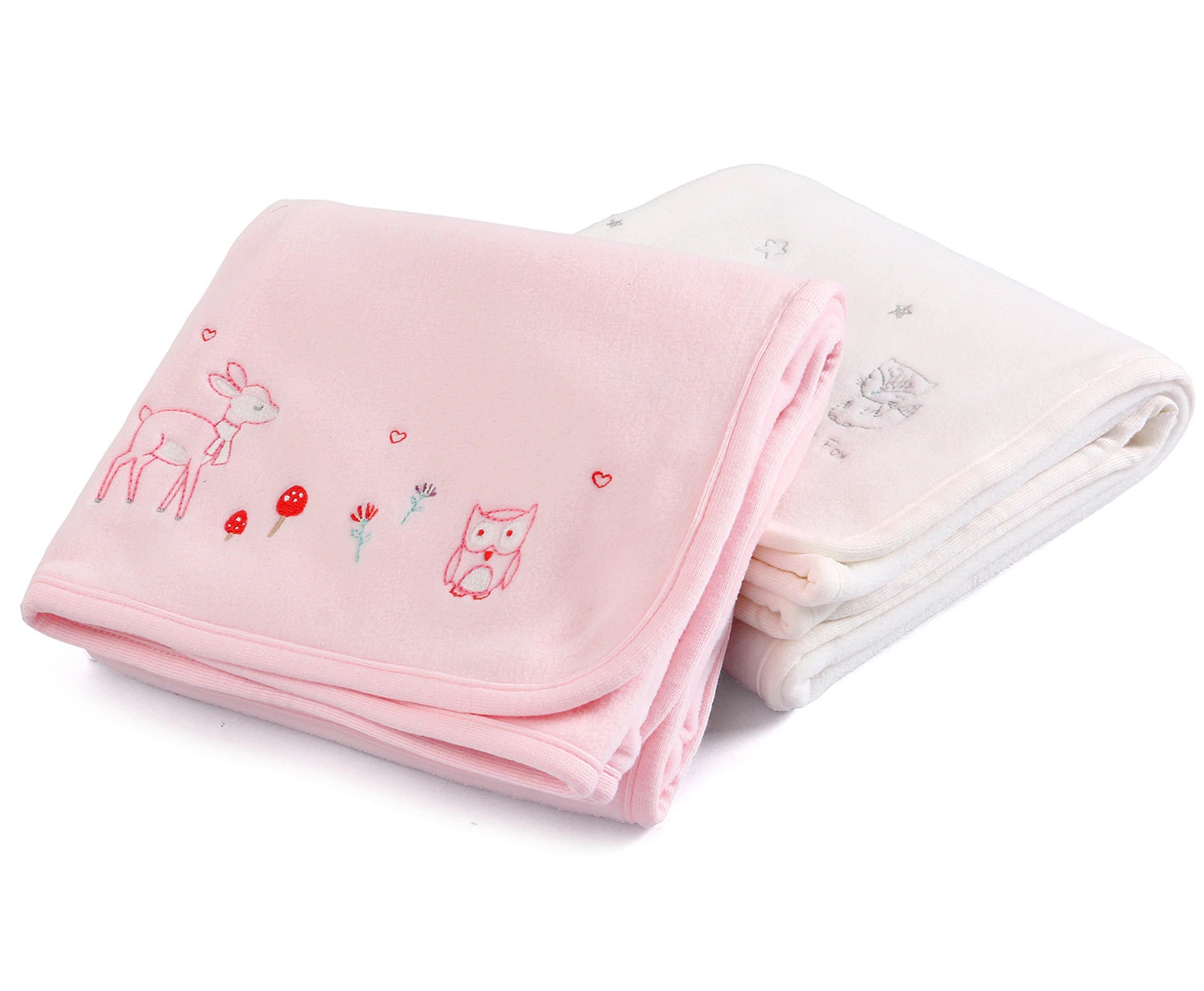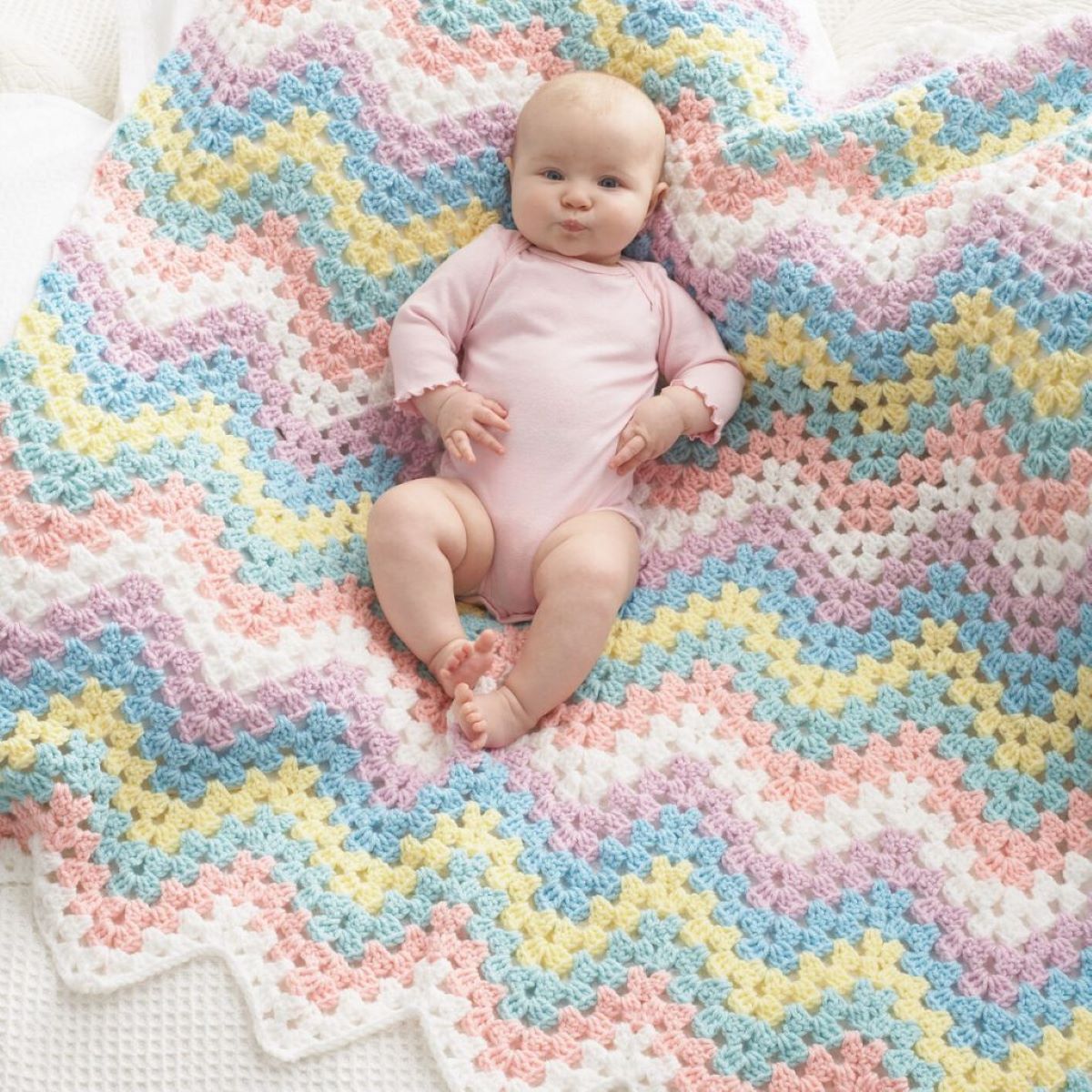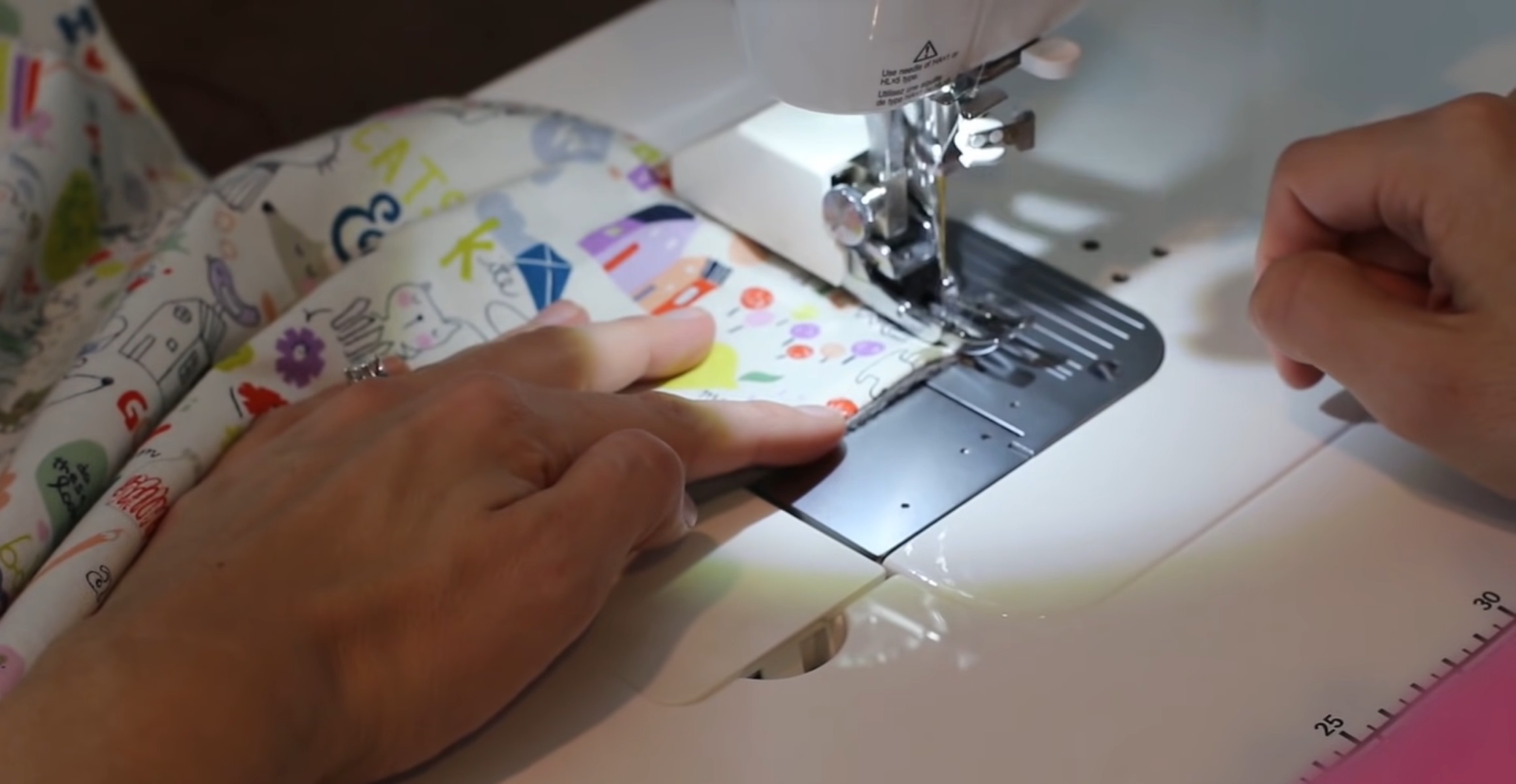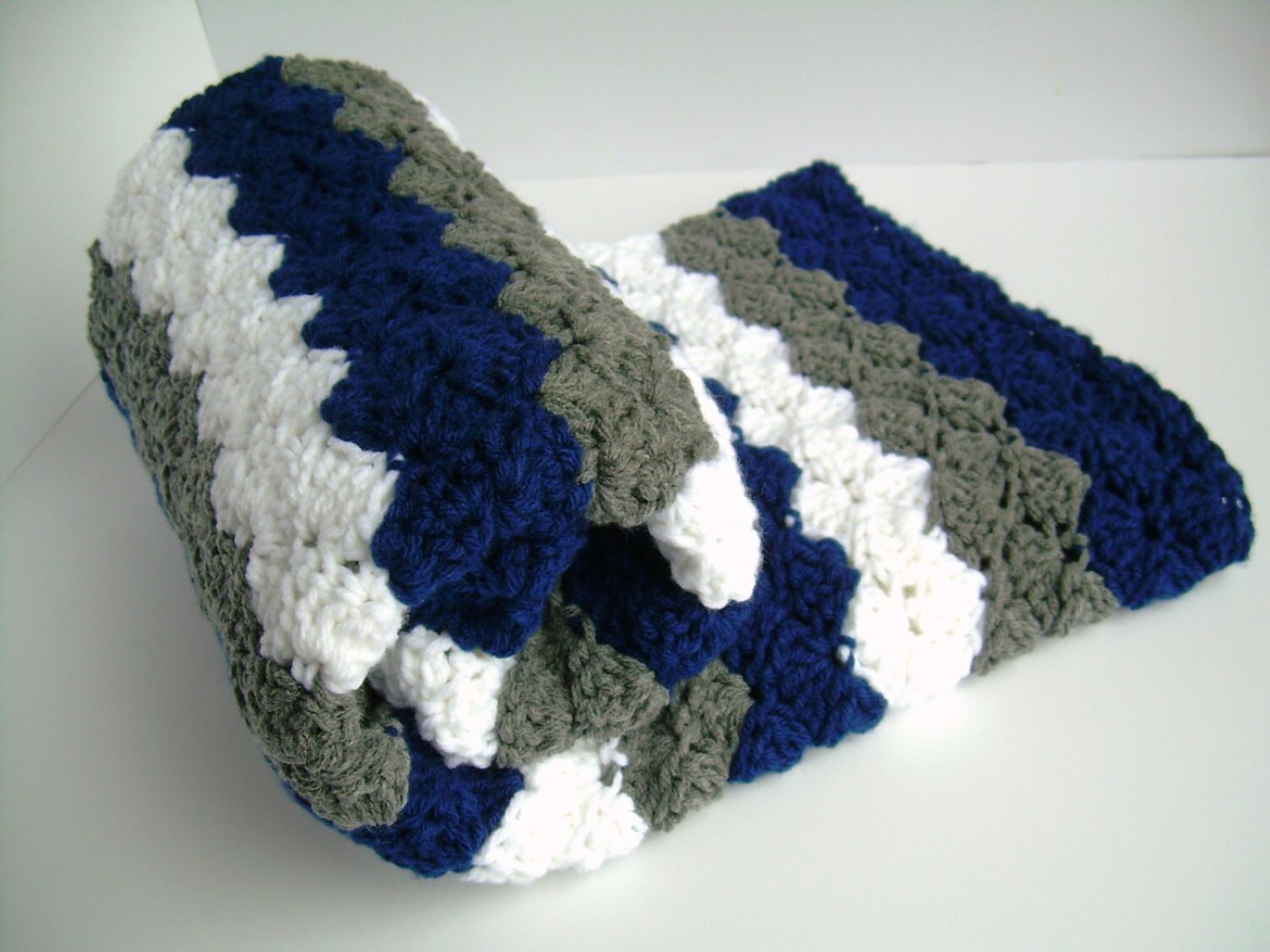

Articles
What Age Can Babies Start Using A Blanket
Modified: August 28, 2024
Discover the ideal age for babies to start using a blanket and essential safety guidelines. Read informative articles on our website to ensure your little one's comfort and well-being.
(Many of the links in this article redirect to a specific reviewed product. Your purchase of these products through affiliate links helps to generate commission for Storables.com, at no extra cost. Learn more)
Introduction
Introducing a blanket to babies can be a significant milestone in their development. It not only provides warmth and comfort but also signals a transition from infancy to toddlerhood. However, it is crucial to understand the appropriate age and developmental factors to consider before introducing a blanket to ensure the safety and well-being of your little one.
In this article, we will explore the factors to consider before introducing a blanket to babies, discuss the physical development milestones for safe blanket use, provide recommendations for safe blanket use in different age groups, and highlight potential risks and precautions associated with introducing a blanket too early or improperly.
As a parent or caregiver, it’s important to be well-informed about when and how to introduce a blanket to your baby. By understanding the guidelines and taking necessary precautions, you can ensure a safe and comforting experience for your little one as they embark on this cozy journey.
Key Takeaways:
- Wait until your baby is at least 12 months old before introducing a blanket to ensure safety and consider their ability to roll over and the sleep environment.
- Prioritize your baby’s safety by following age-specific recommendations for introducing a blanket, and be aware of potential risks such as suffocation, overheating, and entanglement.
Read more: How To Start Knitting A Baby Blanket
Factors to Consider Before Introducing a Blanket to Babies
Before introducing a blanket to your baby, it is crucial to consider certain factors to ensure their safety and well-being. Here are some key factors to keep in mind:
- Age: The age of your baby plays a vital role in determining whether they are ready for a blanket. Experts recommend waiting until your baby is at least 12 months old before introducing a blanket into their sleep routine. This is because younger infants may not have the motor skills or the cognitive ability to maneuver the blanket properly and can potentially pose a suffocation hazard.
- Ability to Roll Over: Another important factor to consider is your baby’s ability to roll over. Once your baby has developed the motor skills to roll over independently, they have better control and are less likely to get entangled in the blanket during sleep. This typically occurs around 4 to 6 months of age. Before this milestone, it is best to avoid introducing a blanket and instead focus on appropriate sleepwear to keep your baby warm.
- Sleep Environment: Assessing the sleep environment is crucial before introducing a blanket. It is recommended to create a safe sleep environment that is free from loose bedding, pillows, and other suffocation hazards. Ensure that the crib or bassinet is clear of any potential entanglement risks, and the mattress is firm and fits tightly in the crib.
- Temperature and Climate: Consider the temperature and climate in your baby’s sleep environment. If the room tends to be on the colder side, you may introduce a blanket earlier to provide additional warmth. However, make sure the blanket is lightweight and breathable to prevent overheating, which is a risk factor for Sudden Infant Death Syndrome (SIDS).
By carefully considering these factors, you can make an informed decision about when to introduce a blanket to your baby. Remember, it is crucial to prioritize your baby’s safety and ensure that they are developmentally ready for the added comfort and warmth that a blanket provides.
Physical Development Milestones for Safe Blanket Use
When it comes to introducing a blanket to babies, it is important to consider their physical development milestones. These milestones indicate when a baby has the necessary skills and reflexes to safely use a blanket. Here are some key physical development milestones for safe blanket use:
- Neck and Head Control: Before introducing a blanket, it is crucial that your baby has good neck and head control. This means they can hold their head up independently and have the necessary strength to turn their head from side to side. These motor skills are important for ensuring that the baby can move their head freely to avoid suffocation if the blanket accidentally covers their face.
- Rolling Over: The ability to roll over is an important milestone for safe blanket use. When babies can roll over from their back to their tummy and vice versa, they have better control of their body and are less likely to get tangled in the blanket. Rolling over also signals improved motor skills and increased body awareness, making it safer for them to sleep with a blanket.
- Coordination and Grip: As babies develop their fine motor skills, they gain better coordination and grip strength. These skills are essential for safely handling a blanket, especially during sleep. Babies should be able to grasp and manipulate the blanket without getting entangled or covering their face. Improved coordination and grip ensure that they can adjust the blanket if needed to maintain a clear airway.
- Removing Objects from Face: Babies develop the ability to remove objects from their face, such as a blanket, as they grow. This skill is crucial for ensuring that they can protect their airway if the blanket accidentally covers their face during sleep. If your baby demonstrates the ability to brush away objects from their face, it indicates that they are ready for safe blanket use.
Keep in mind that every baby develops at their own pace, and these milestones may vary. It is essential to observe your baby’s progress and consult with their pediatrician if you have any concerns. Waiting until your baby demonstrates the necessary physical development milestones will help ensure that they are ready to safely use a blanket for added comfort and warmth during sleep.
Recommendations for Safe Blanket Use in Different Age Groups
Introducing a blanket to your baby requires careful consideration of their age and developmental stage. Here are some recommendations for safe blanket use in different age groups:
0-6 months:
For infants between 0-6 months, it is generally recommended to avoid using blankets in their sleep environment. Instead, dress them in appropriate sleepwear such as sleep sacks or wearable blankets. These sleep garments provide warmth without the risk of suffocation or entanglement. Remember to keep the crib free from any loose bedding or other potential hazards.
Read more: What Age Can A Baby Get In A Hot Tub
6-12 months:
Once your baby reaches 6 months and demonstrates the ability to roll over, you may consider introducing a lightweight and breathable blanket into their sleep routine. Opt for a blanket that is specifically designed for babies and follows safe sleep guidelines. Ensure that the blanket is securely tucked under the mattress, leaving no loose ends that could pose a risk. Regularly inspect the blanket for any signs of wear or damage.
12+ months:
By the time your baby reaches 12 months, they have likely developed the necessary motor skills and cognitive abilities to safely use a blanket. You can choose a blanket that provides the right level of warmth and comfort for your toddler. However, continue to prioritize their safety by selecting blankets made of lightweight and breathable materials. Avoid using heavy blankets or those with excessive decorations that could pose a suffocation risk.
Regardless of your baby’s age, it’s important to frequently check on them during sleep to ensure that the blanket hasn’t become tangled or covering their face. If your baby shows signs of discomfort or overheating, adjust their sleep environment accordingly.
Remember, safety should always be the top priority when introducing a blanket to your baby. While blankets can provide warmth and comfort, it’s crucial to follow these recommendations and guidelines to minimize any potential risks.
Potential Risks and Precautions of Introducing a Blanket
While introducing a blanket to your baby can provide added comfort and warmth, it’s essential to be aware of the potential risks and take necessary precautions to ensure their safety. Here are some risks to consider and precautions to take when introducing a blanket:
Suffocation Hazard:
Blankets can pose a suffocation hazard, especially for younger infants who may not have the motor skills or cognitive ability to maneuver the blanket away from their face. To mitigate this risk, ensure that the blanket is securely tucked under the mattress, leaving no loose ends. Avoid using heavy blankets or those with excessive decorations, as they can increase the likelihood of suffocation. Regularly check on your baby to ensure the blanket is not covering their face during sleep.
Overheating:
Overheating is a potential risk associated with blankets. Babies are unable to regulate their body temperature as effectively as adults, and overheating is a risk factor for Sudden Infant Death Syndrome (SIDS). Choose lightweight and breathable blankets made of natural fabrics to prevent overheating. Monitor your baby’s body temperature and adjust their sleepwear and bedding accordingly to maintain a comfortable and safe sleeping environment.
Entanglement:
Loose blankets can pose an entanglement risk for babies who are mobile and have developed the ability to roll over. To prevent entanglement, make sure that the blanket is the right size for the crib or bassinet, with no excess fabric that the baby could get tangled in. Avoid placing any toys or other items in the crib that could potentially entangle with the blanket.
Safe Sleep Practices:
Introducing a blanket should not replace safe sleep practices, such as placing your baby on their back to sleep and creating a safe sleep environment that is free from other suffocation hazards. Loose bedding, pillows, bumpers, and stuffed animals should be kept out of the crib to reduce the risk of suffocation. Dress your baby in appropriate sleepwear, like sleep sacks or wearable blankets, as an alternative to loose blankets.
Regular Inspections:
Regularly inspect the blanket for any signs of wear, damage, or loose threads that could pose a risk. Replace the blanket if it becomes worn out or damaged. Always follow the manufacturer’s guidelines for safe use and care instructions when it comes to your baby’s blanket.
By being aware of the potential risks and taking necessary precautions, you can introduce a blanket to your baby in a safe manner. Prioritize your baby’s safety and comfort, and consult with their pediatrician if you have any concerns or questions regarding the introduction of a blanket.
Conclusion
Introducing a blanket to your baby is an exciting milestone, but it is essential to prioritize their safety and well-being throughout the process. By considering factors such as age, physical development milestones, and following recommended guidelines, you can ensure a safe and comfortable sleep environment for your little one.
Before introducing a blanket, be sure to assess your baby’s age and developmental stage. Waiting until they have reached certain milestones, such as good neck and head control, the ability to roll over, and coordination skills, will help ensure their readiness for safe blanket use.
It is crucial to follow recommendations for safe blanket use based on your baby’s age. For younger infants between 0-6 months, it is generally advised to avoid using blankets and opt for sleepwear alternatives such as sleep sacks. As your baby grows and reaches the age of 6-12 months, you can consider introducing a lightweight and breathable blanket. By the time they are 12 months or older, they may be ready for a blanket that provides the right level of comfort as long as you continue to prioritize their safety.
Keep in mind the potential risks associated with introducing a blanket, such as suffocation, overheating, and entanglement. Take necessary precautions, such as securely tucking the blanket, choosing appropriate materials, and regularly inspecting for wear and tear. Also, maintain safe sleep practices by creating a clear and hazard-free sleep environment.
By paying attention to these factors, taking necessary precautions, and monitoring your baby during sleep, you can provide them with the comfort and warmth of a blanket while promoting a safe sleeping environment. Always consult with your pediatrician if you have any specific concerns or questions regarding the use of a blanket for your baby.
Remember, a blanket can be more than just a source of warmth; it can provide a sense of security and comfort to your little one as they grow and develop. With proper knowledge and care, you can ensure that the introduction of a blanket is an enjoyable and safe experience for both you and your baby.
Frequently Asked Questions about What Age Can Babies Start Using A Blanket
Was this page helpful?
At Storables.com, we guarantee accurate and reliable information. Our content, validated by Expert Board Contributors, is crafted following stringent Editorial Policies. We're committed to providing you with well-researched, expert-backed insights for all your informational needs.





